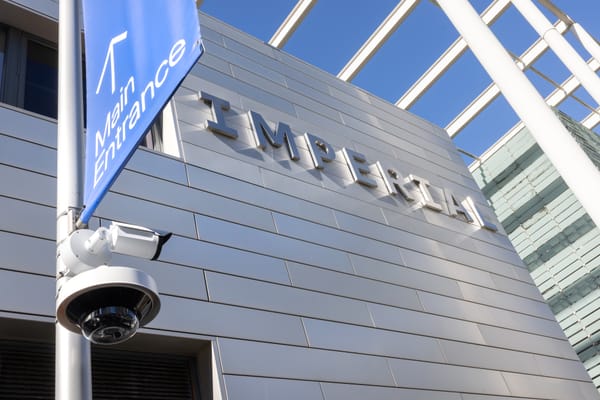First new stereoisomer type in 50 years, claim chemists
The exciting discovery could have implications for medicinal chemistry.

Chemists at both Shanghai University and the University of Sydney have announced the discovery of the first new kind of molecular stereoisomer in half a century. For those who have never heard of this term, stereoisomers are molecules that share the same molecular formula (i.e. contain the same number of atoms of each element) as well as bond connections between species, but have different arrangements in the 3-D space. Previous known stereoisomers include enantiomers, which are pairs of molecules that are non superimposable mirror images of each other (if you have trouble imagining this, think of your right and left hand; they are identical, but there is no physical way to superimpose them in a way that makes both of them identical to each other).
“The new family of stereoisomers has taken its name from ákamptos – Greek for ‘inflexible’”
The researchers discovered the new structure in a molecule called transoid (BF)O(BF)-quinoxalinoporphyrin. When it is surrounded by a porphyrin macrocyclic ring – a circular, rigid structure formed by sub-units of nitrogen, carbon and hydrogen known as pyrroles and also found in haemoglobin – the bond angle inversion caused by the bending of a trio of atoms in the molecule (a boron-oxygen-boron bridge) is fixed in space, as rotation is blocked by the ring itself. This would not happen if the molecule was outside the macrocycle, as the rotation of the bonds would produce a molecule that would be identical to its starting configuration.
The new family of stereoisomers has tentatively been named as Akamptisomers, taking its name from ákamptos, the Greek term for ‘inflexible’. The two possible isomer forms corresponding to the opposite orientations of the bond angle have been baptized as ‘parvo’ and ‘amplo’, after the Latin words for small and large, respectively. According to the scientists who made this finding, the new group of isomers have potential to be useful in several fields such as medicinal chemistry, as they could be essential for the synthesis and characterization of the active principles of future drugs. Other hypothetical applications of akamptisomers include their potential use in molecular computers. For these devices to work, it is essential that the molecules used can change between two different configurations. However, the chemists involved in the discovery admitted that, while promising, it is very unlikely that akamptoisomers will be soon making an appearance in commercially available molecular computers, as more research is needed regarding the stability and nature of this new family of isomers.







